Does Pet Insurance Cover MRIs Or X-Rays? Recommended Companies & FAQ
Updated on
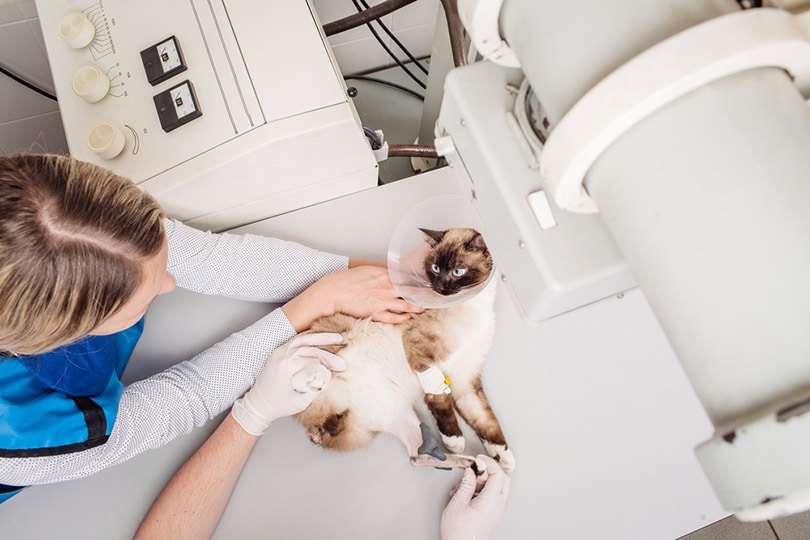
If you’re a pet owner, you probably know how expensive medical treatments and vet checkups can get. Although your pet might be healthy, accidents can always happen, and with such expensive potential costs, it’s always helpful to have coverage that will reimburse your expenses. That’s where pet insurance comes into the picture.
Depending on the coverage you get, pet insurance can be extremely valuable as it covers various procedures, treatments, and medications. However, as these things can vary, many people wonder what pet insurance covers and if it includes things such as MIRs and X-rays.
Keep reading if you’d like to know more about pet insurance coverage and if it covers X-rays and MRIs. The short answer is that many pet insurance plans do cover X-rays and MRIs, especially after an accident.
What Is an MRI?
MRI (Magnetic Resonance Imaging) is a test that allows a veterinarian to do non-invasive evaluations of your pet’s inner body. It’s a crucial tool for detecting injuries and diseases to provide adequate treatment. That’s why this is the most widespread diagnostic test for pets.
MRI scans require your pet to sit still until the scan finishes, which is why most pets need general anesthesia to go through the scanning procedure, making it more expensive.
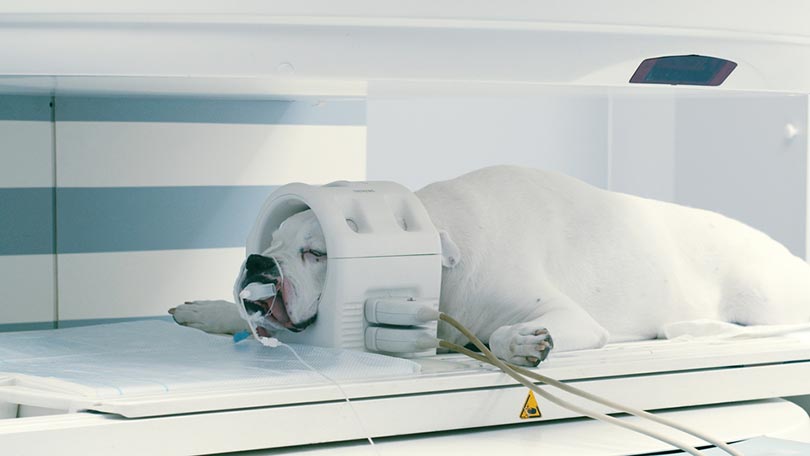
Why Might Your Pet Need One?
Vets typically use MRIs to diagnose issues with your pet’s brain and spinal cord, and they can also help diagnose nerve, knee, and similar issues. If your pet suffers from back problems or paralysis or is experiencing unusual walking and activity patterns, your vet might suggest an MRI scan.
Although an MRI is never the first option, the vet will suggest that an MRI might be necessary after other tests to determine what’s wrong with your beloved pet. It’s especially helpful for pets that suffer from seizures and issues walking to rule out severe health issues like tumors. It’s also essential for discovering joint and bone issues when radiographs can’t reveal a cause.
What Is an X-ray?
X-ray (Radiography) is a procedure that helps you diagnose various diseases and issues by looking inside your pet’s body and accessing a view of bones and organs. It’s especially common among dogs and cats, although other pets can also have an x-ray if their vet thinks there could be a potential problem inside of them.
Similar to an MRI, X-rays require your pet to be still during the procedure, which is why your pet will receive sedatives or general anesthesia until the procedure is over.
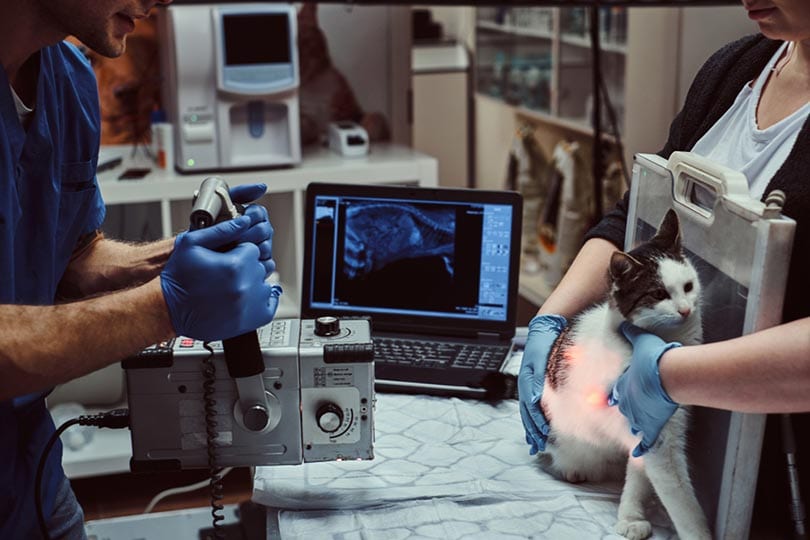
Why Your Pet Might Need One
Typically, vets use X-rays to see the organs and bones of your pet and inspect them for diseases or any current issues that might happen inside your pet’s body.
- Orthopedic problems
- Painful abdomen, diarrhea, vomiting
- Cysts, tumors, stones
- Checking heart, liver, lungs, and other organs
- Dental issues
Before the X-ray, your pet might need other investigations, such as blood tests and ultrasounds, which will add up to the final cost of the procedure.
To have the best chance of having all these extra costs and procedures covered, it is preferable to choose from the top-rated pet insurance companies on the market. Here are a few of them to make your choice easier:
Top Rated Pet Insurance Companies
What Does Pet Insurance Cover?
Pet insurance is a policy that covers your pet’s medical costs depending on the type of policy you purchase. The actual coverage can vary per your plan, but there are some common procedures and treatments you’ll have reimbursement for when you get pet insurance:
- Injuries and accidents: Ruptures, broken bones, ligament issues, swallowed objects, sprains
- Common, chronic, and serious illnesses: Infections, diarrhea, vomiting, allergies, skin conditions, arthritis, diabetes, heart disease, cancer
- Hereditary conditions: Blood disorders, eye disorders, hip dysplasia
- Diagnostics and tests: MRIs, X-rays, CT scans, blood tests
- Alternative and holistic procedures: Laser therapy, acupuncture, chiropractics
- Various procedures: Chemotherapy, surgeries, nursing care, hospitalizations
- Behavioral therapy: Aggression, excessive barking, destructive chewing
- Wellness procedures: Vaccines
The actual procedure list can vary from company to company and per your coverage, which is why it’s crucial to know more about them.
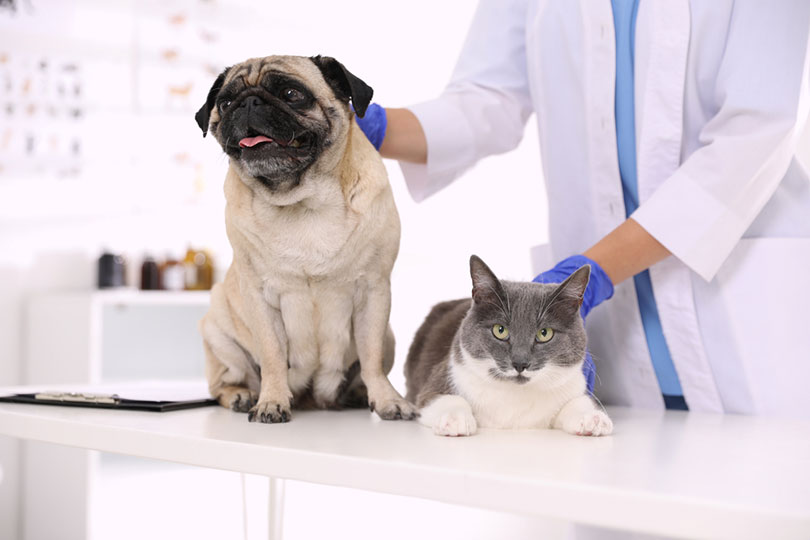
Types of Pet Insurance Coverages
Typically, there are three main pet insurance coverages: comprehensive, accident-only, and wellness coverage. Although specific benefits vary depending on your insurance provider, there are some procedures and treatments that are common for each of these coverages.
1. Comprehensive Coverage
The comprehensive coverage covers an array of illnesses, as well as examinations, hospitalization, surgery, and medications. If you need coverage that covers MRIs and X-rays, this should be your choice.
2. Accident-Only Coverage
Accident-only coverage reimburses costs for illnesses and injuries that happen by accident. This is another type of pet insurance policy that covers costs for MRIs and X-rays. Although it covers various mishaps, this policy excludes accidents resulting from pre-existing conditions and intentional injuries.
3. Wellness Coverage
Wellness coverage, or preventive care as some people call it, is a common add-on for the two policies above, although some companies offer it as a separate coverage. It covers costs for different routine procedures, and it can cover other services such as neutering and microchipping.
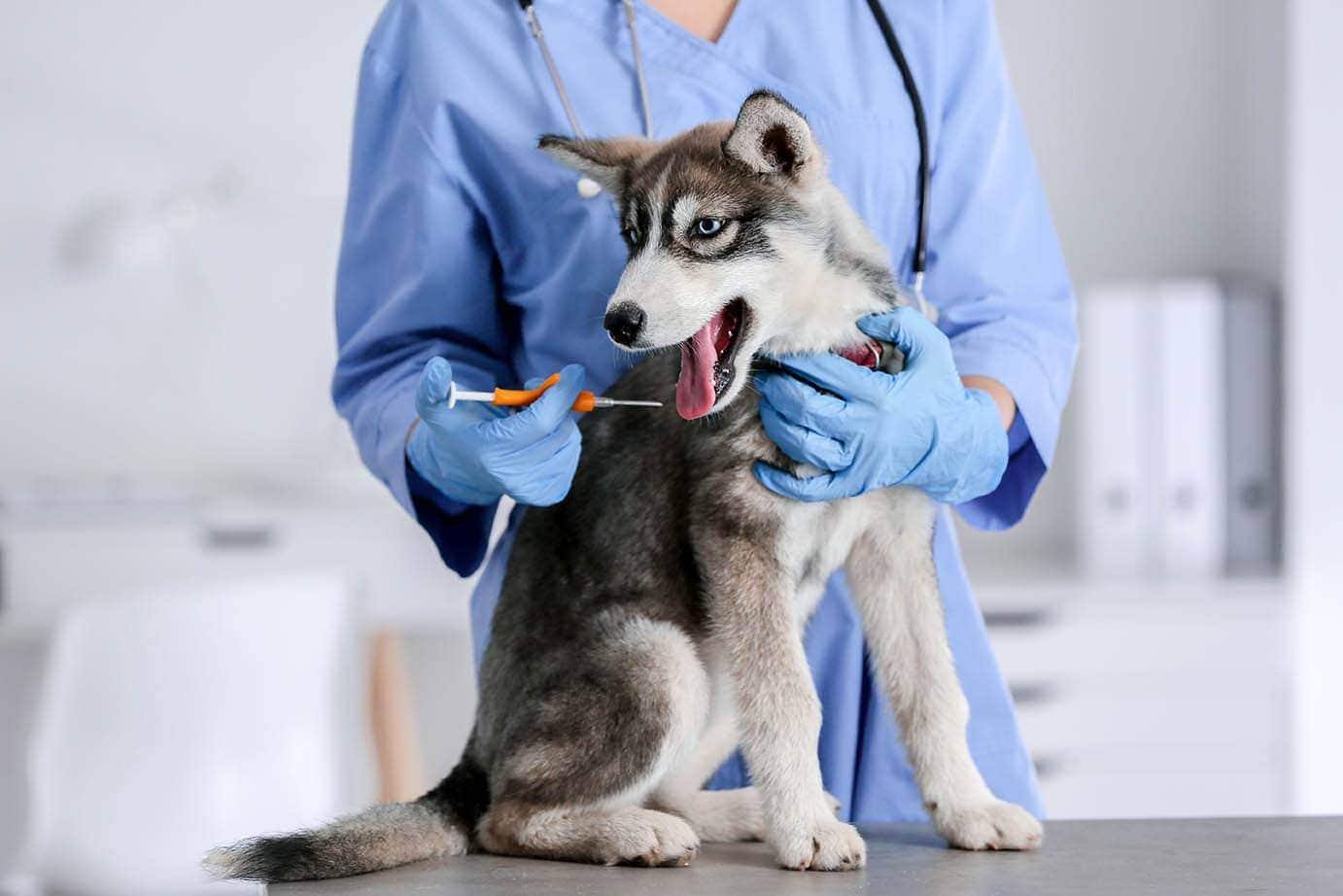
Things Pet Insurance Doesn’t Cover
Although pet insurance is an excellent way to get your veterinary costs reimbursed, some conditions and procedures won’t have coverage.
- Previous conditions: Any illnesses or injuries your pet experienced before your coverage started are typically not going to get coverage from your insurance company.
- Experimental treatment: Treatments and diagnoses that are not approved by your vet and are considered investigational or experimental also won’t get coverage.
- Grooming: Typically, any type of grooming is not something your insurance company will cover.
When Does Pet Insurance Cover MRIs and X-rays?
Pet insurance will cover MRIs and X-rays when your pet suffers from an accident or illness. Typically, the insurance company will also cover blood tests and additional preparations before the MRI scan or an X-ray. However, the condition your pet is suffering from needs to be eligible, meaning it has to be diagnosed or presented after you purchase the policy.

When Does Pet Insurance Exclude MRIs and X-rays?
When your pet needs MRIs or an X-ray due to a previous condition or illness/accident, unfortunately, the pet insurance won’t cover these costs. For example, if your pet was diagnosed with an illness before you enrolled it in the pet insurance, the company will deny any sort of reimbursement, including MRIs and X-rays.
Is It Worth It to Get Pet Insurance?
Accidents and illnesses can occur even to pets of the most careful pet parents. When something like that happens, especially when you’re not ready for such costs, it can mess with your budget and cause many issues.
Most veterinary procedures and treatments are pricey and can lead to debt or other money problems. That’s why pet insurance is crucial to keeping your pet healthy while being smart about your money at the same time.
Of course, pet insurance is not something you must have, so if you prefer saving up on your own for a possible health issue for your pet, that’s also acceptable.
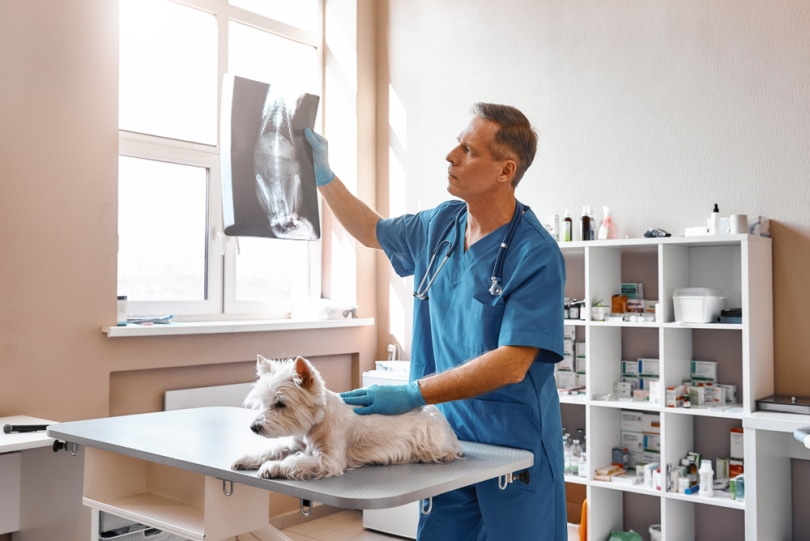
How Does Pet Insurance Work?
If something happens to your pet, the pet insurance will cover parts of the costs depending on your plan and premium. However, pet insurance works differently, unlike regular human insurance, where you can co-pay for a part of the procedure or treatment.
For pet insurance to reimburse the costs, you’ll have to pay for the procedure once you take your pet to the vet. Once done, you’d need to submit a claim with the receipt to your pet insurance company. When they review the claim, and if everything is according to your policy, they will return the costs to you.
If you’re unsure about a pet insurance company you should choose, here’s a list of good pet insurance companies that offer various plans that cover MRIs and X-rays:
- Pets Best
- Embrace
- Figo
- ASPCA
- Lemonade
- ManyPets
- Prudent Pet
- TrustedPals
- Nationwide
- Spot
- Pumpkin
- Healthy Paws
Conclusion
Pet insurance covers MRIs and X-rays, typically through comprehensive or accident-only coverages. However, it’s always best to discuss all the details with your potential pet insurance provider to ensure that they include X-rays, MRIs, and all other procedures and services you think might be beneficial for your pet.
Featured Image Credit: PRESSLAB, Shutterstock










